So interesting  Peter Pappas
! And I always thought it was because of the long exposure. I suppose one could hold a smile for that long.
Peter Pappas
! And I always thought it was because of the long exposure. I suppose one could hold a smile for that long.
If you do a search on hip hop in the TPS Teachers Network, you'll find multiple discussions around hip-hop music. This article written by Austin McCoy for the American Historical Association describes his experiences using hip-hop in teaching. I hope you'll find it useful and interesting.
"Teaching the history of hip hop pushes us to think about how culture intersects with many topics we cover in our modern US history courses—including immigration, globalization, law, policing, the transformation of cities and suburbs, politics, business and capitalism, and youth culture. And, ultimately, investigating the history of hip-hop culture encourages us to think broadly about the archive."
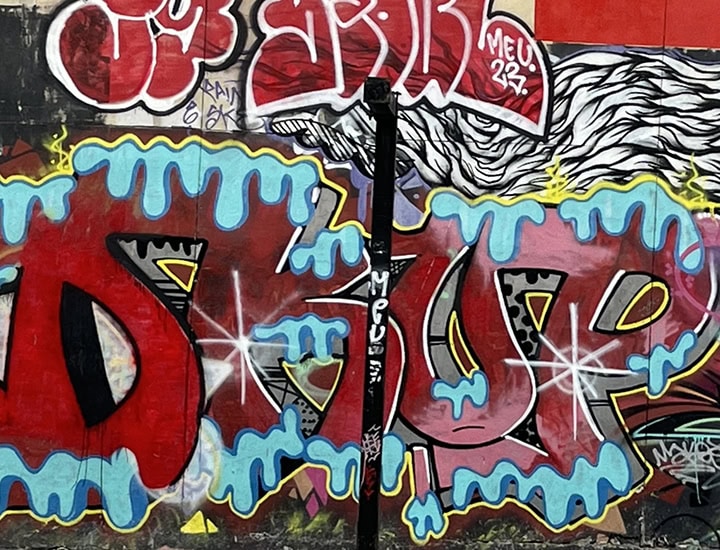
Using sources including rap lyrics, albums, and music videos and visual art like graffiti, one historian pushes his students to think historically about hip-hop culture. Austin McCoy. Image cropped.
P.S. I ran across this article on Bluesky, which I only joined three days ago. I'm slowly building my list of people to follow. The hashtag #iteachsocialstudies helped me get started.
6 - 8 13+ Social Studies/History Art/Music hip-hop American Historical Association
So interesting  Peter Pappas
! And I always thought it was because of the long exposure. I suppose one could hold a smile for that long.
Peter Pappas
! And I always thought it was because of the long exposure. I suppose one could hold a smile for that long.
Why didn't people smile in old photographs?

Here's an interesting story from Upworthy. "Why didn't people smile in old photographs? It wasn't just about the long exposure times."
"If you've ever perused photographs from the 19th and early 20th century, you've likely noticed how serious everyone looked. If there's a hint of a smile at all, it's oh-so-slight, but more often than not, our ancestors looked like they were sitting for a sepia-toned mug shot or being held for ransom or something. Why didn't people smile in photographs? Was life just so hard back then that nobody smiled? Were dour, sour expressions just the norm?
Most often, people's serious faces in old photographs are blamed on the long exposure time of early cameras, and that's true. Taking a photo was not an instant event like it is now; people had to sit still for many minutes in the 1800s to have their photo taken.
Ever try holding a smile for only one full minute? It's surprisingly difficult and very quickly becomes unnatural. A smile is a quick reaction, not a constant state of expression. Even people we think of as "smiley" aren't toting around full-toothed smiles for minutes on end. When you had to be still for several minutes to get your photo taken, there was just no way you were going to hold a smile for that long.
But there are other reasons besides long exposure times that people didn't smile in early photographs." ... for the answer check out the article
"Why didn't people smile in old photographs? It wasn't just about the long exposure times.
photography Art/Music 9 - 12 6 - 8 3 - 5 Social Studies/History

Here's an interesting story from Upworthy. "Why didn't people smile in old photographs? It wasn't just about the long exposure times."
"If you've ever perused photographs from the 19th and early 20th century, you've likely noticed how serious everyone looked. If there's a hint of a smile at all, it's oh-so-slight, but more often than not, our ancestors looked like they were sitting for a sepia-toned mug shot or being held for ransom or something. Why didn't people smile in photographs? Was life just so hard back then that nobody smiled? Were dour, sour expressions just the norm?
Most often, people's serious faces in old photographs are blamed on the long exposure time of early cameras, and that's true. Taking a photo was not an instant event like it is now; people had to sit still for many minutes in the 1800s to have their photo taken.
Ever try holding a smile for only one full minute? It's surprisingly difficult and very quickly becomes unnatural. A smile is a quick reaction, not a constant state of expression. Even people we think of as "smiley" aren't toting around full-toothed smiles for minutes on end. When you had to be still for several minutes to get your photo taken, there was just no way you were going to hold a smile for that long.
But there are other reasons besides long exposure times that people didn't smile in early photographs." ... for the answer check out the article
"Why didn't people smile in old photographs? It wasn't just about the long exposure times.
photography Art/Music 9 - 12 6 - 8 3 - 5 Social Studies/History
I love Playbills as wallpaper! I had them posted on the wall of my college dorm room. And, instead of table numbers at our wedding, everyone was at a different Playbill. The wedding party sat at the Aspects of Love table :)
Very cool topic! I have a box full of playbills and other play programs packed with programs from many past years. I treasure that collection of memories and performances. There is a magnificent 50's era house in my community that has a bathroom "wallpapered" in a collage of Playbill and other theater programs. A member of the family was in the theater business.
The LOC sheet music collection is one of my favorites! The covers are so beautiful--works of art!
Thank you for sharing these additional resources :)
 Soline Holmes
, I was fascinated by the Playbill design changes throughout the years. As you have already described, there are all sorts of directions for a teacher and librarian to take Playbill, from art lessons to history to theater and more. While the Library of Congress does not appear to hold a Playbill collection, it does hold all sorts of Broadway-related primary sources in multiple formats. Here are a few for starters:
Soline Holmes
, I was fascinated by the Playbill design changes throughout the years. As you have already described, there are all sorts of directions for a teacher and librarian to take Playbill, from art lessons to history to theater and more. While the Library of Congress does not appear to hold a Playbill collection, it does hold all sorts of Broadway-related primary sources in multiple formats. Here are a few for starters:
Sheet music - A Broadway Honeymoon (1913 - great lyrics!)

Audio recording - Broadway Rose (1920)
Exhibition - Al Hirschfeld, Beyond Broadway (2000-2001)
Film - Street Scene on Lower Broadway (1902)
Engraving - Crossing Broadway (1870)

So many possibilities!
 Soline Holmes
, I was fascinated by the Playbill design changes throughout the years. As you have already described, there are all sorts of directions for a teacher and librarian to take Playbill, from art lessons to history to theater and more. While the Library of Congress does not appear to hold a Playbill collection, it does hold all sorts of Broadway-related primary sources in multiple formats. Here are a few for starters:
Soline Holmes
, I was fascinated by the Playbill design changes throughout the years. As you have already described, there are all sorts of directions for a teacher and librarian to take Playbill, from art lessons to history to theater and more. While the Library of Congress does not appear to hold a Playbill collection, it does hold all sorts of Broadway-related primary sources in multiple formats. Here are a few for starters:
Sheet music - A Broadway Honeymoon (1913 - great lyrics!)

Audio recording - Broadway Rose (1920)
Exhibition - Al Hirschfeld, Beyond Broadway (2000-2001)
Film - Street Scene on Lower Broadway (1902)
Engraving - Crossing Broadway (1870)

So many possibilities!
Playbill Celebrates 140 Years!
This month, Playbill is celebrating 140 years.
I have a collection of Playbills, so I really enjoyed this timeline of Broadway Playbill covers over the years from 1884 until today.
To mark the occasion, Playbill has created four different designs for each Broadway show that is currently running. Audience members will get one of four designs.
So, if you make it to any Broadway shows this month, please post a photo of your Playbill as a comment. (And/or get an extra Playbill for me!)
To incorporate this into the classroom/library, you could have students design their own Playbill for a favorite book or movie. What font would they use? What images would they use to represent the story?
Playbill is trademarked, but, for a small fee, using Playbillder, you can create your own Playbill using the Playbill logo. I use this for our third grade Women of Character play every year. It is easy to use and fill in, and it creates a professional-looking finished product.
Bravo, Playbill!
Art/Music Pre K - 2 3 - 5 6 - 8 9 - 12 13+ Library English/Language Arts Playbill Theatre Theater
Very cool topic! I have a box full of playbills and other play programs packed with programs from many past years. I treasure that collection of memories and performances. There is a magnificent 50's era house in my community that has a bathroom "wallpapered" in a collage of Playbill and other theater programs. A member of the family was in the theater business.
Playbill Celebrates 140 Years!
This month, Playbill is celebrating 140 years.
I have a collection of Playbills, so I really enjoyed this timeline of Broadway Playbill covers over the years from 1884 until today.
To mark the occasion, Playbill has created four different designs for each Broadway show that is currently running. Audience members will get one of four designs.
So, if you make it to any Broadway shows this month, please post a photo of your Playbill as a comment. (And/or get an extra Playbill for me!)
To incorporate this into the classroom/library, you could have students design their own Playbill for a favorite book or movie. What font would they use? What images would they use to represent the story?
Playbill is trademarked, but, for a small fee, using Playbillder, you can create your own Playbill using the Playbill logo. I use this for our third grade Women of Character play every year. It is easy to use and fill in, and it creates a professional-looking finished product.
Bravo, Playbill!
Art/Music Pre K - 2 3 - 5 6 - 8 9 - 12 13+ Library English/Language Arts Playbill Theatre Theater
"(What Did I Do to Be So) Black and Blue" was composed by Fats Waller and Harry Brooks with lyrics by Andy Razaf (learn more about him in a comment to this post). The song was originally written for the 1929 Broadway musical Hot Chocolates in which a dark-skinned black woman sings it as a lament after her lighter-skinned lover’s loss of interest in her.
Louis Armstrong would later perform a shortened version of the song with a key lyric change (from I’m white…inside to I’m right…inside) as a commentary on America's racist society. His performance of the song in East Berlin in 1965 was particularly powerful.
Here's a free link to a New York Times article about Armstrong and this particular performance.
Testimonials
- I love that there is new info on the site daily!
- I had a wonderful time working with the Library of Congress and learning about all of the resources at my fingertips!
- The TPS Teachers Network has an equal exchange of ideas. You know it's not a place where you're being judged.
- My colleagues post incredibly fine resources and ideas....the caliber of the suggestions and resources make me feel that I take a lot from it. It's a takeaway. And I hope that I can give back as much as I get.
- Going into this school year, I have a fantastic new resource for my own instruction and to share with my colleagues!
- I am very glad that I discovered the TPS Teachers Network through RQI. Great resources can be hard to find out there on the internet!

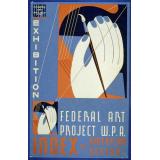












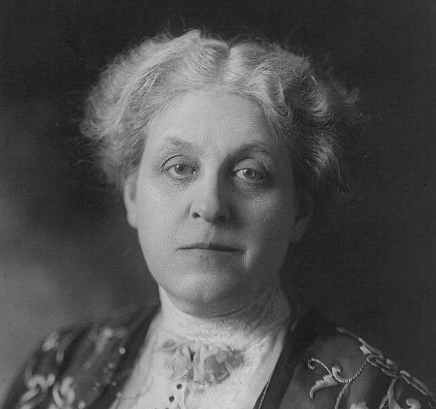
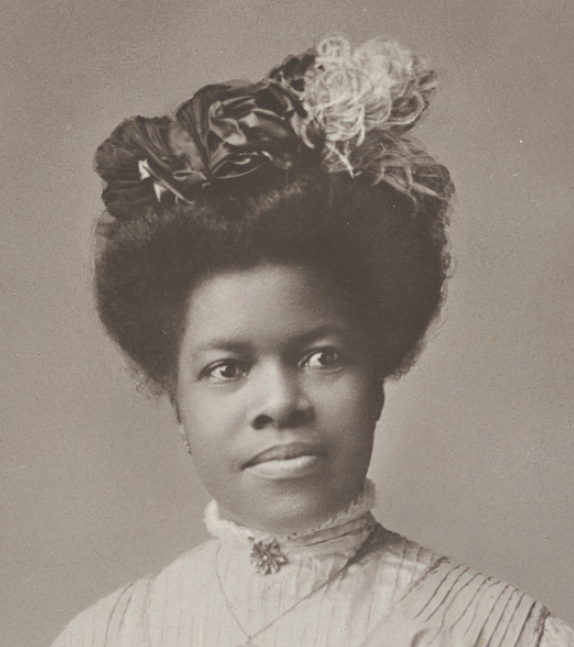

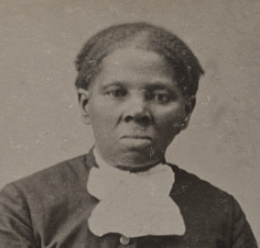


I thought the “undignified” reason was interesting, as well.